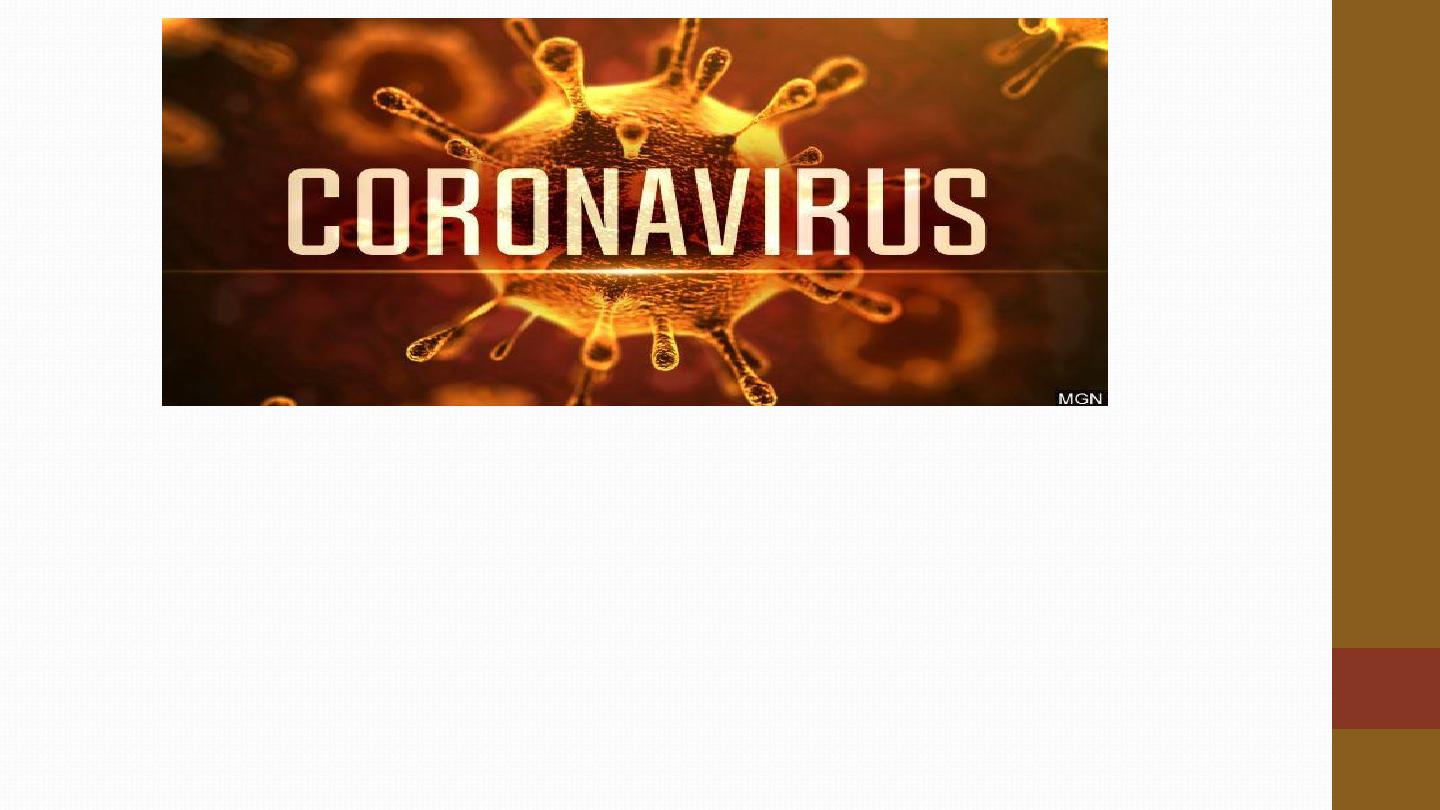
DR MARWAN MAJEED IBRAHIM
CABM INTERNAL MEDICINE / FICM PULMONARY MEDICINE

•
Coronaviruses are important human and animal pathogens.
•
It compose 5-10 % of URTI each season.
•
During epidemics, they are the cause of up to one-third of community-
acquired upper respiratory tract infections in adults and probably also
play a role in severe respiratory infections in both children and adults.
•
It may represent extensions to
Severe acute respiratory syndrome
coronavirus (SARS-CoV) and Middle East respiratory syndrome coronavirus
(MERS-CoV) are reviewed separately.
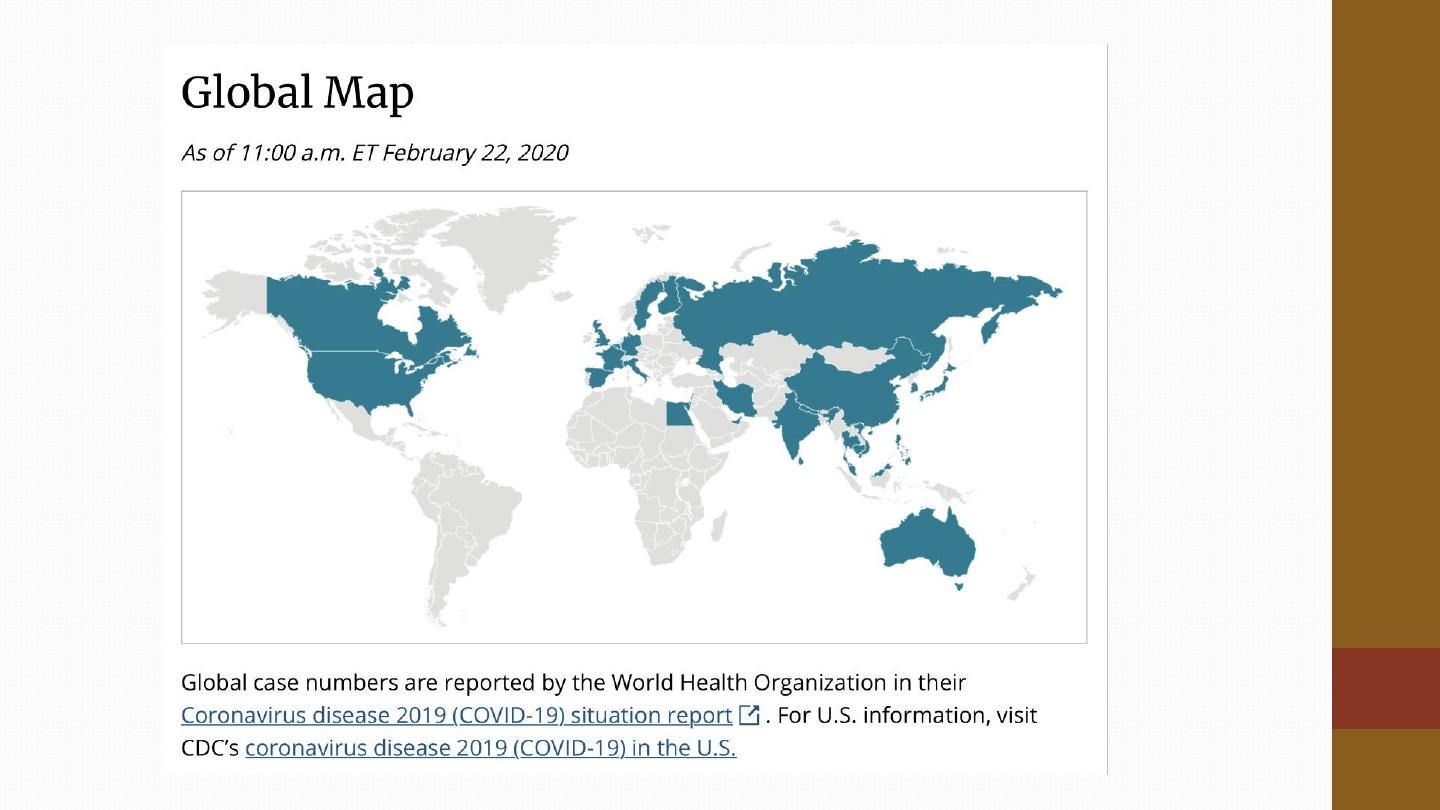

NOVEL CORONAVIRUS (COVID-19) OUTBREAK IN CHINA
•
A novel coronavirus, designated COVID-19
(SARS Cov-2),
was
identified as the cause of a cluster of pneumonia cases in Wuhan, a
city in the Hubei province of China, at the end of 2019. By late January
2020, thousands of laboratory-confirmed cases in China had been
reported, and the case count has been rising daily; the majority of
reports are from the Hubei province, but numerous cases have been
reported in other provinces and municipalities in China, including
Beijing.
•
Sporadic cases also detected all over the world.

•
Epidemiologic investigation in Wuhan identified an association with a
Haunan seafood market where most patients had worked or visited and
which was subsequently closed for disinfection .
•
The seafood market also sold live rabbits, snakes, and other animals.
Human-to-human transmission has been confirmed in China and has
also been identified in other countries.

Latest study in china shows..
81% MILD
14% MODERATE
5% SEVERE
HIGHEST FATALITY OF AGE > 80
MORTALITY IN CRITICALLY ILL PATIENTS > 30%
3000 HEALTH WORKERS AFFECTED
7 DIES

•
Clinical features
—
•
Fever, cough, dyspnea, myalgia/fatigue
. and bilateral infiltrates on chest
imaging
•
The incubation period of COVID-19 is thought to be within
14 days
following
exposure.
•
Although MOST of the reported infections are not severe,
approximately 20
percent of confirmed patients have had critical illness (including
respiratory failure, septic shock, or other organ failure _Renal failure_
requiring intensive care).
Most of the fatal cases have occurred in
patients with underlying medical comorbidities.
•
Pneumonitis is common. Gastrointestinal symptoms including anorexia,
nausea, diarrhea, and abdominal pain have been reported
.
•
Acute respiratory distress syndrome developed in 30 percent, and
mechanical ventilation was implemented in 10 percent.

•
Clinical suspicion, evaluation, diagnosis, and management
—
•
The possibility of COVID-19 should be considered in patients with fever
and/or lower respiratory tract symptoms who reside in or have recently
(within the prior 14 days) traveled to the Wuhan area of China or who
have had recent close contact with a confirmed or suspected case of
COVID-19.
•
When COVID-19 is suspected, infection control measures should be
implemented and public health officials notified.
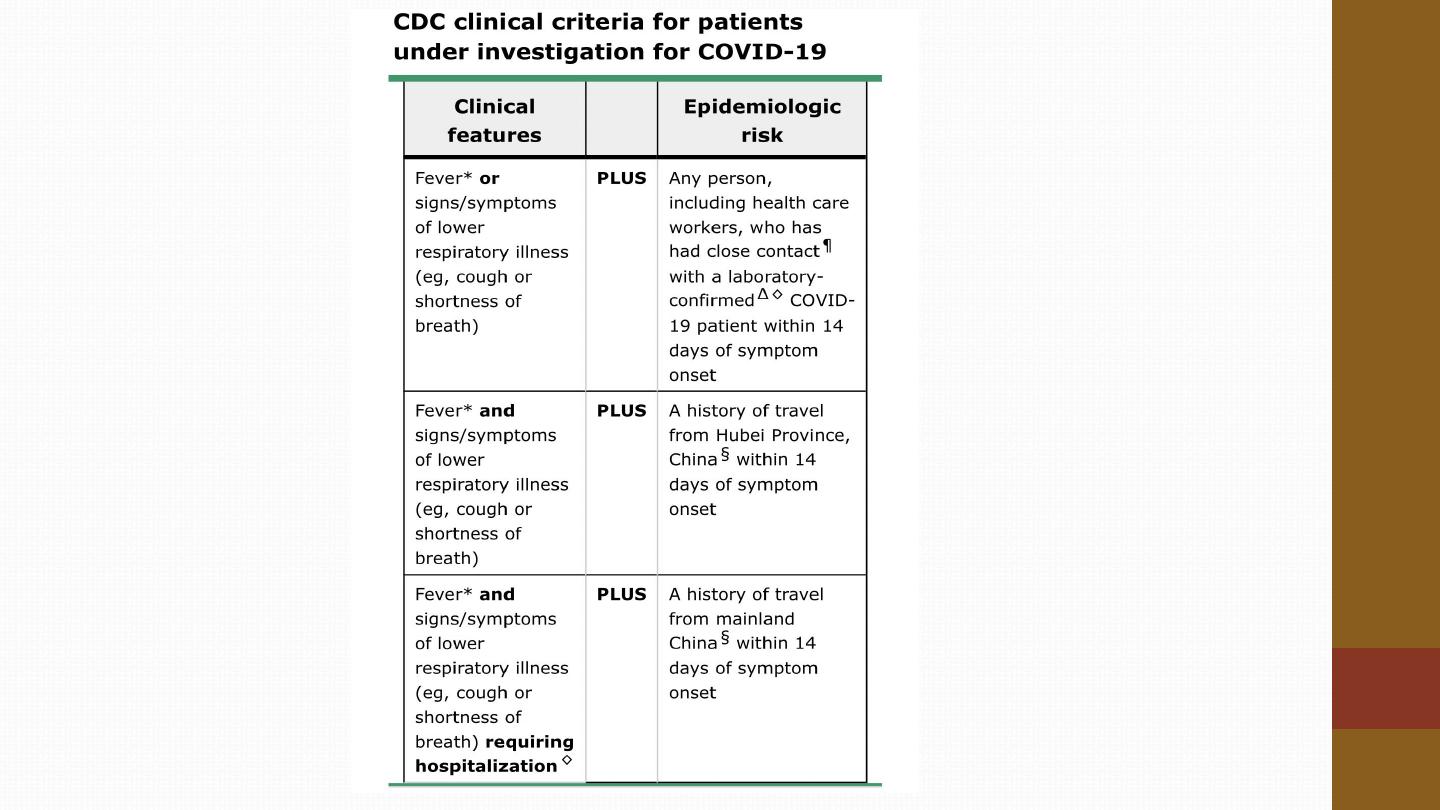

•
In the United States, the Centers for Disease Control and Prevention
(CDC) recommends a cautious approach to infection control in the
clinical setting and advises standard, contact, and airborne
precautions as well as eye protection
•
In addition to testing for other respiratory pathogens, the CDC
recommends collection of specimens from the lower respiratory tract
(sputum, tracheal aspirate, or bronchoalveolar lavage), upper
respiratory
tract
(nasopharyngeal/oropharyngeal
swab
or
nasopharyngeal wash), and serum.
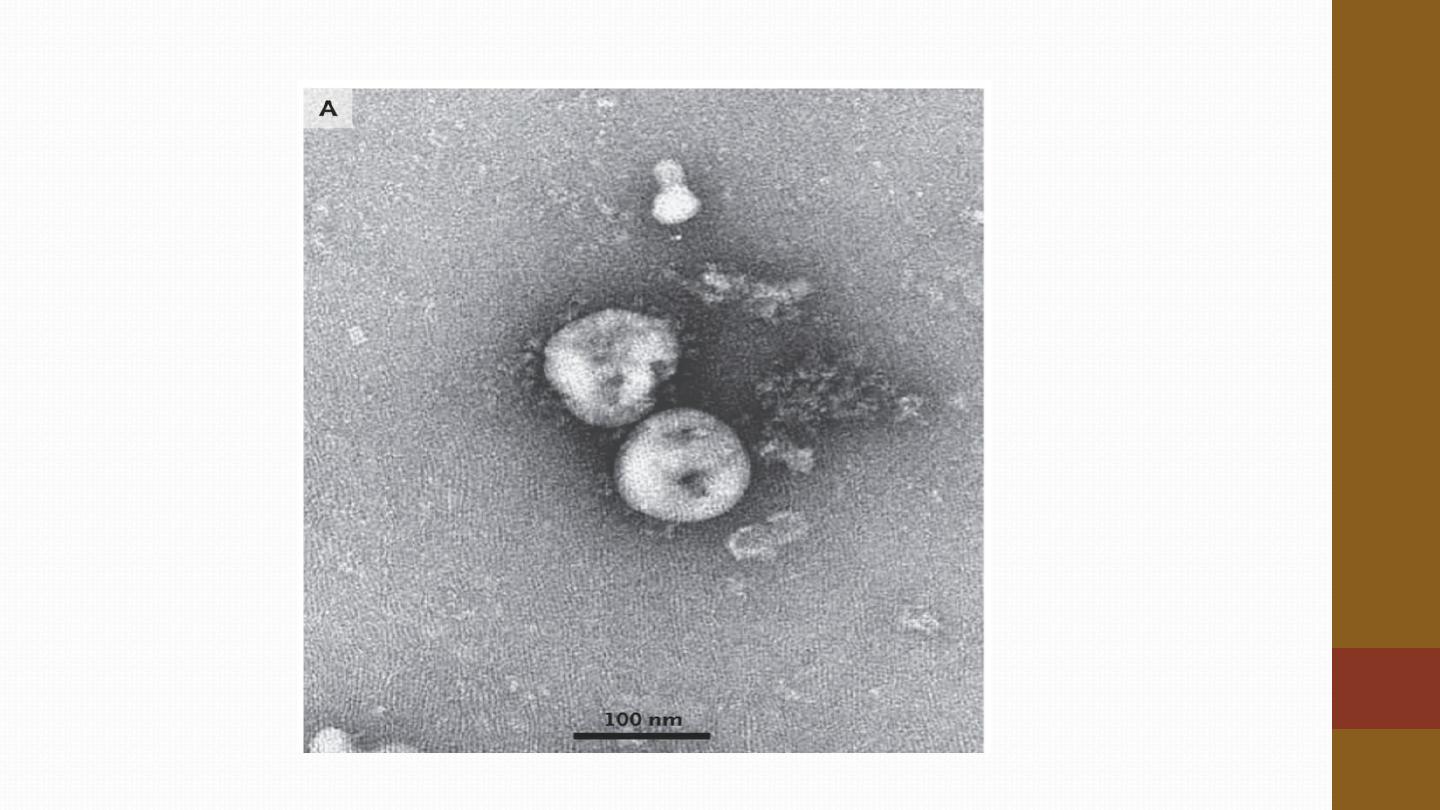
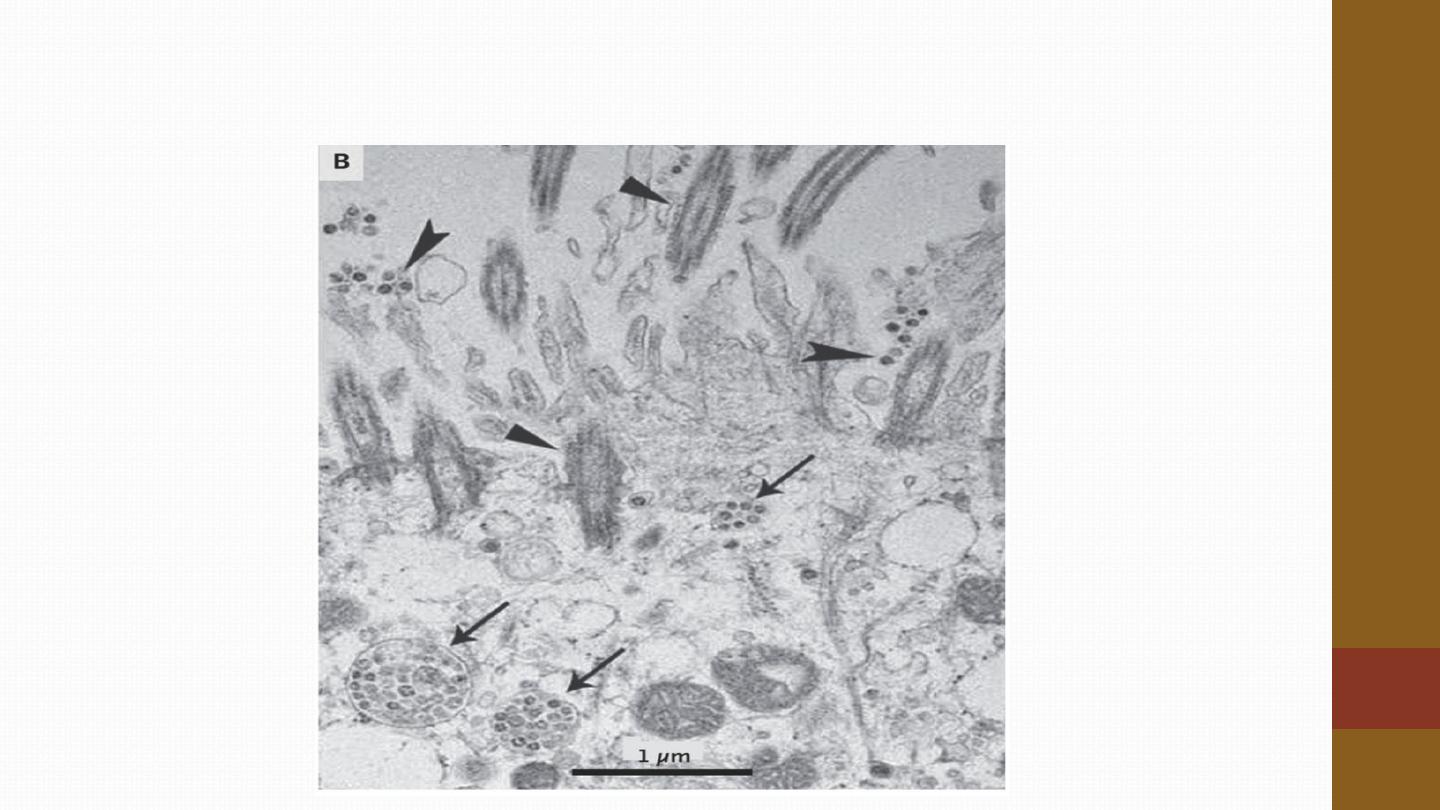
Virus shedding…..
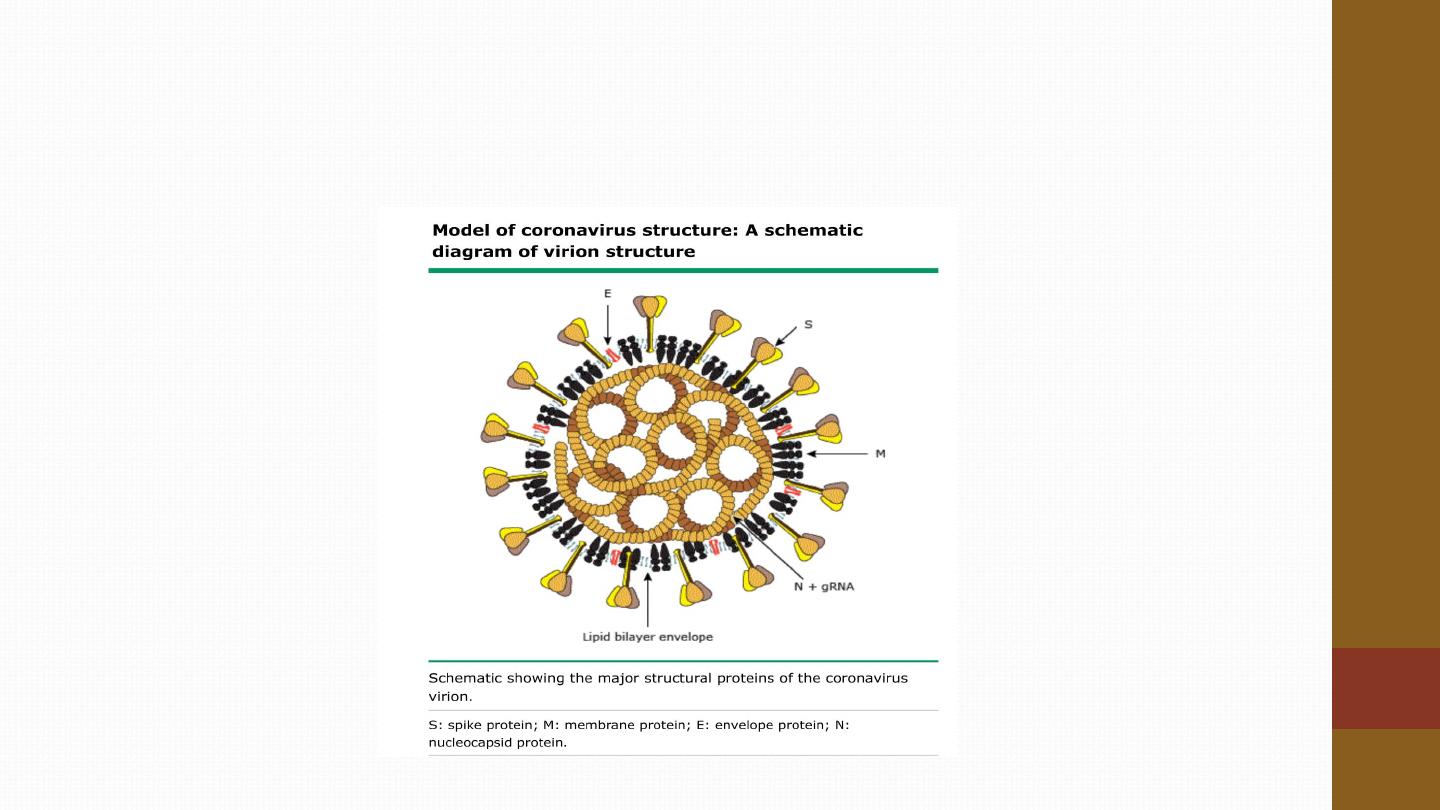
•
The spike glycoprotein S is a good candidate for vaccines because
neutralizing antibodies are directed against S.
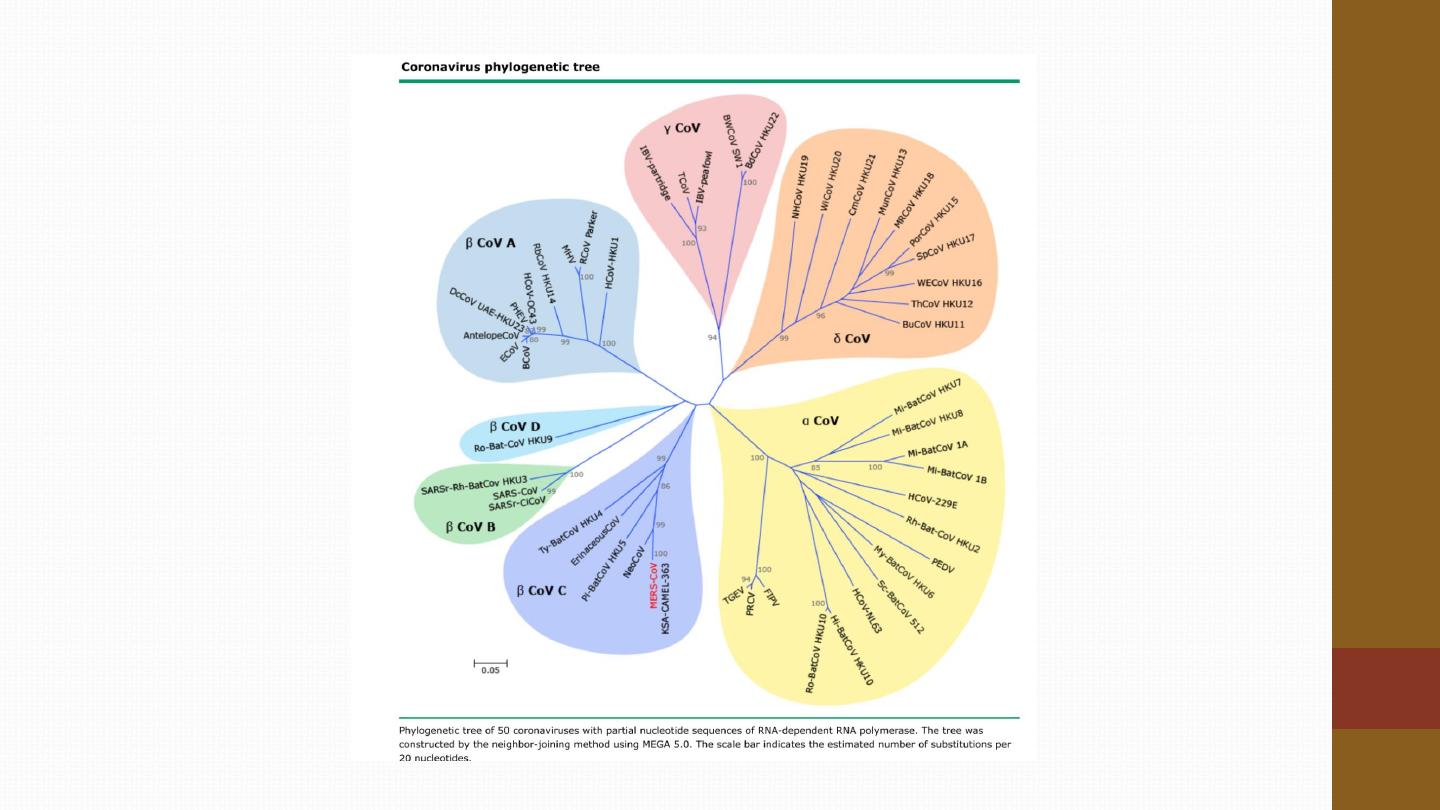

•
Seasonality
— Community-acquired coronaviruses are ubiquitous;
wherever investigators have looked, they have been detected. In
temperate climates, coronavirus respiratory infections occur primarily in
the winter, although smaller peaks are sometimes seen in the fall or
spring, and infections can occur at any time of the year, but it is well
known that the outbreak may end in 2-3 months.
•
MOST OF OUTBREAKS LAST TOW MONTHS THEN DISAPPEARES
FOR UNKNOWN CAUSE

•
Routes of transmission
— Respiratory coronaviruses probably
spread in a fashion similar to that of rhinoviruses, via direct contact with
infected secretions or large aerosol droplets. Immunity develops soon
after infection but wanes gradually over time.
•
Reinfection is common, presumably because of waning immunity, but
possibly because of antigenic variation within species.

DIAGNOSIS
•
Since there is no effective treatment for coronavirus infections,
establishing the diagnosis is of limited utility in patients suspected of
having community-acquired coronavirus infections.
•
Rapid techniques that can be used to detect coronaviruses from
nasopharyngeal samples include reverse-transcriptase polymerase chain
reaction
(RT-PCR)
and immunofluorescence antigen detection assays.
•
Two serological test :
ELISA and microneutralization assay
.
•
Community-acquired coronaviruses are difficult to replicate in tissue
culture.
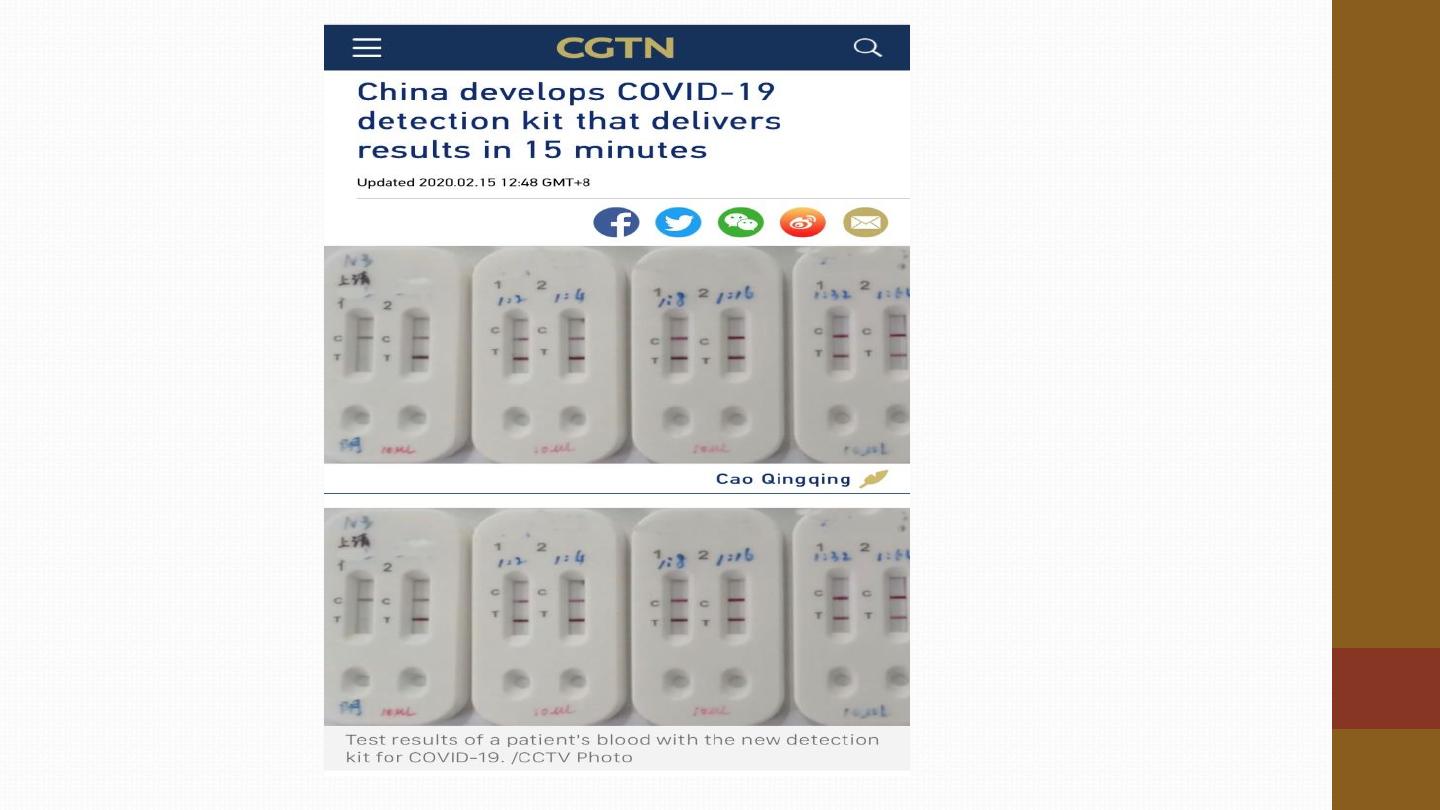
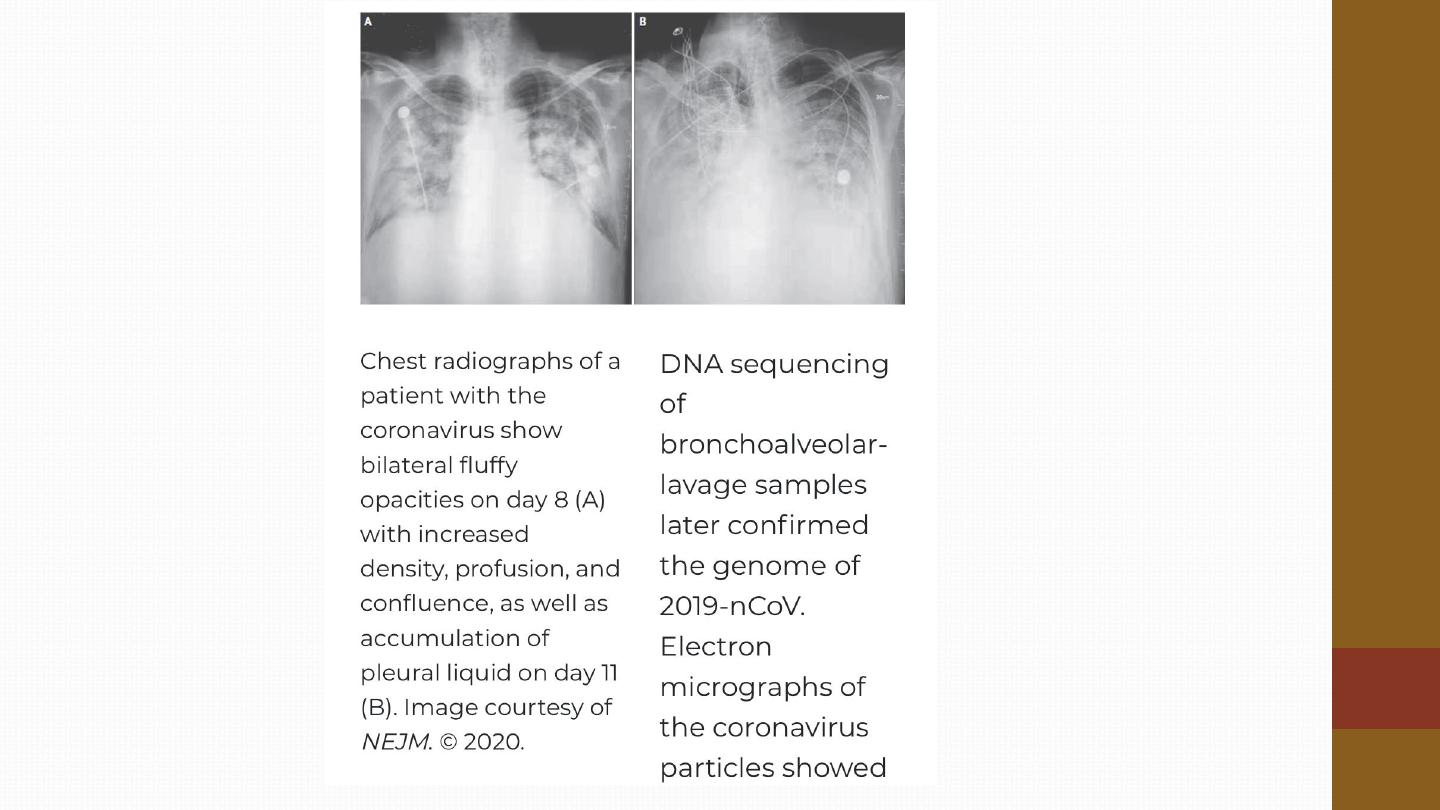
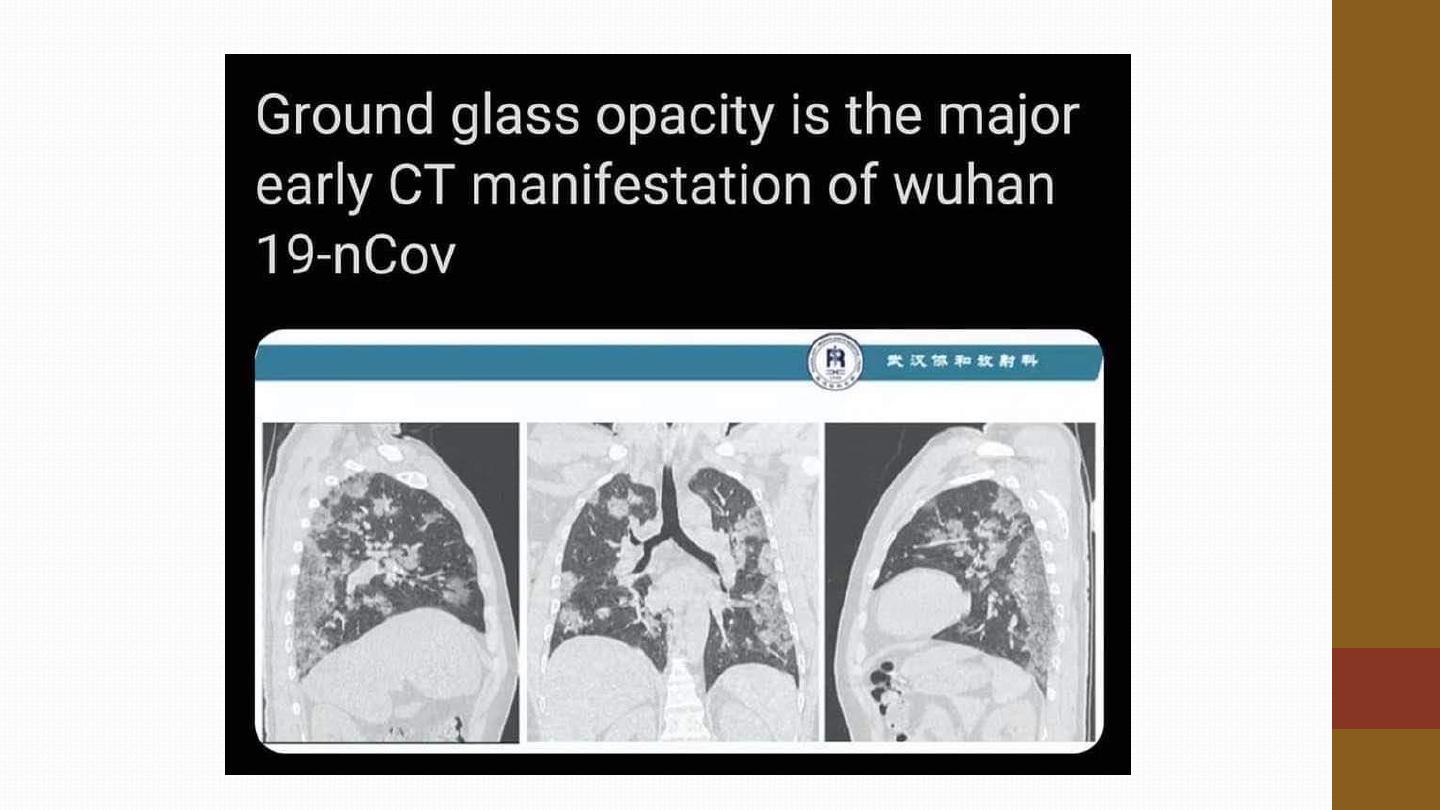
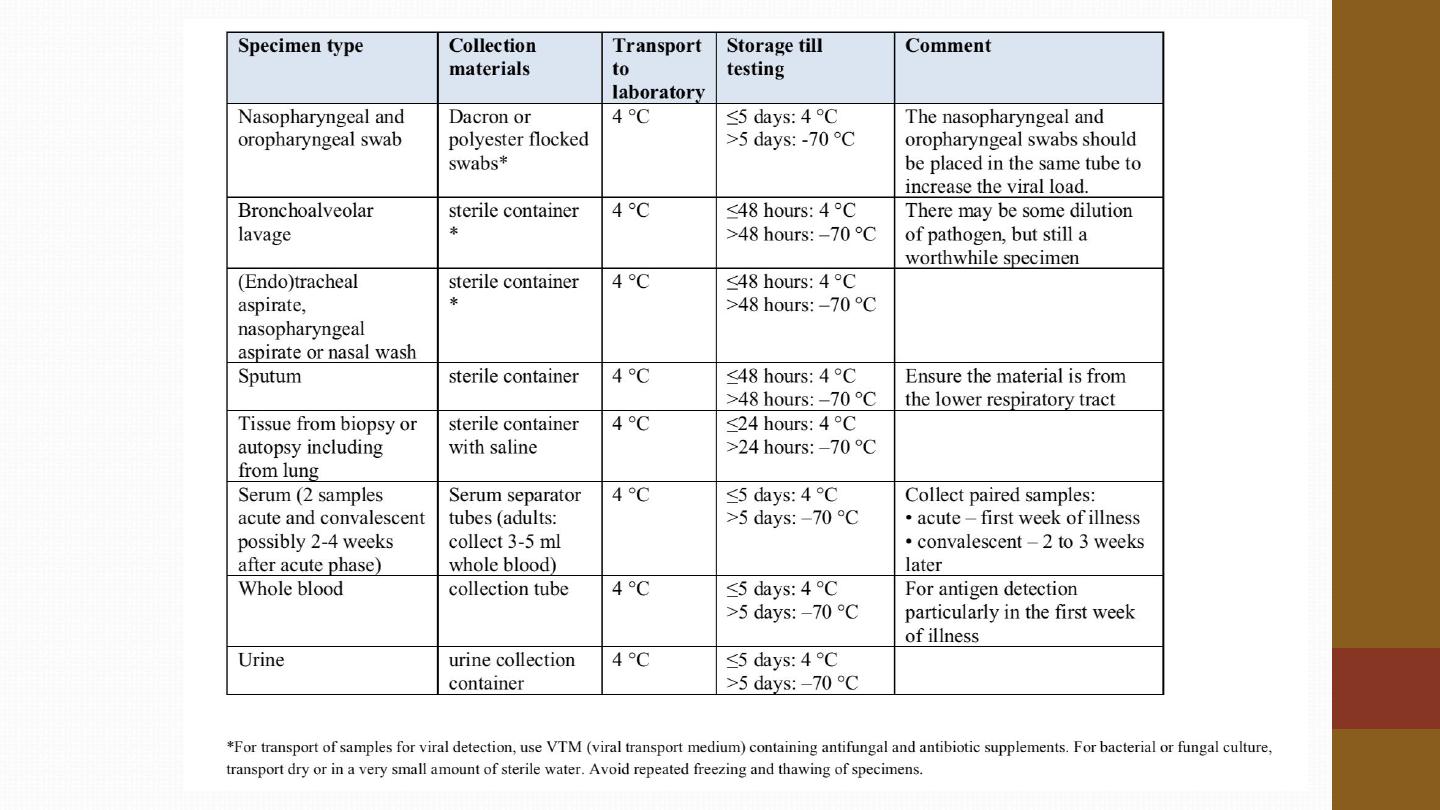
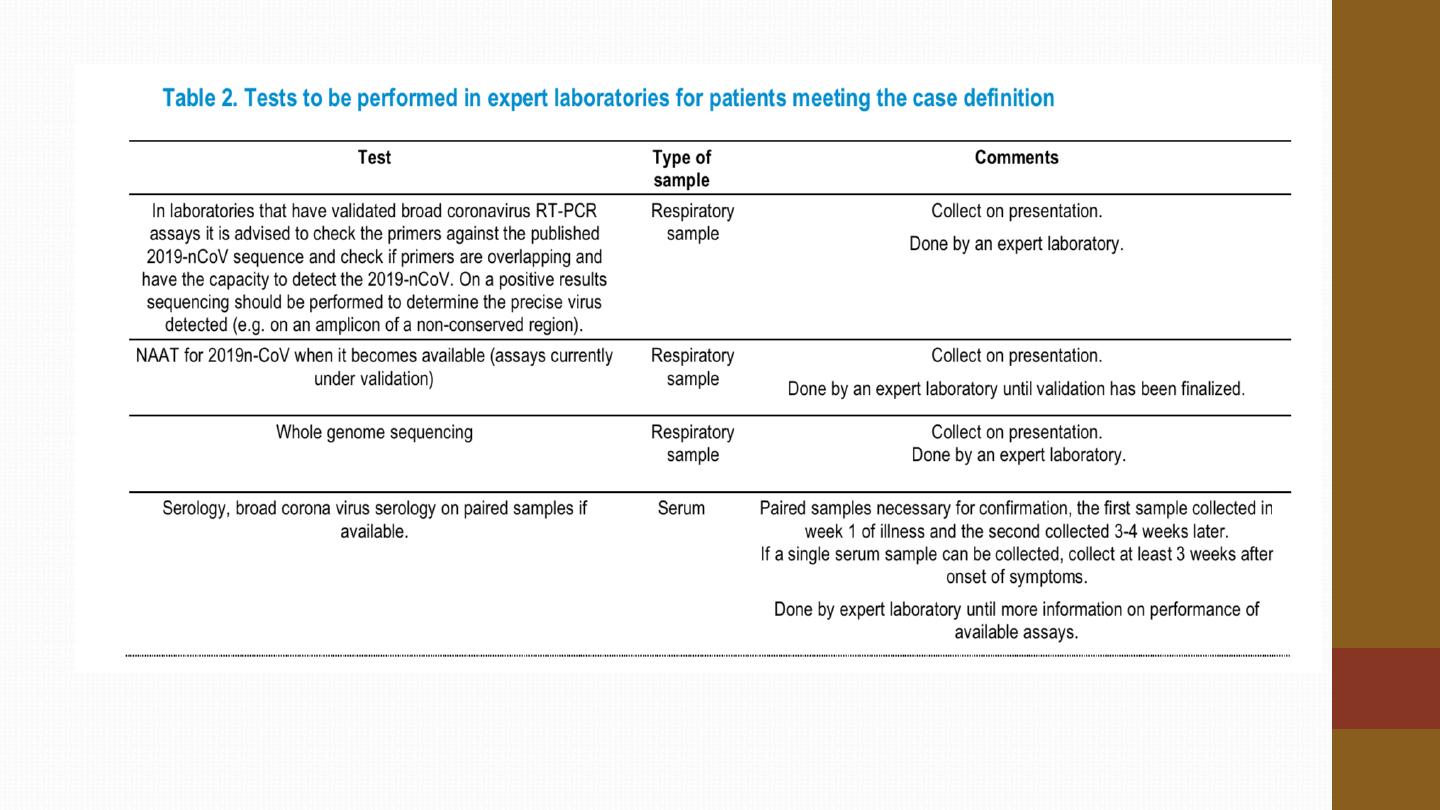

TREATMENT AND PREVENTION
•
There is currently no treatment recommended for coronavirus infections
except for supportive care as needed.
•
Ribavirin and interferon alfa have synergistic in vitro effects against the
virus, but their role (if any) in the treatment of MERS remains unknown.
•
Other drugs under trials are, chloroquine, peramivir, remdesivir, favipiravir,
oseltamivir, bolexavir, anti HIV ritonavir.
•
Preventive measures are the same as for rhinovirus infections, which
consist of handwashing and the careful disposal of materials infected
with nasal secretions. Several antiseptic/disinfectant solutions used
commonly in hospitals and households, including chloroxylenol,
benzalkonium chloride, and cetrimide/
chlorhexidine, have been shown to
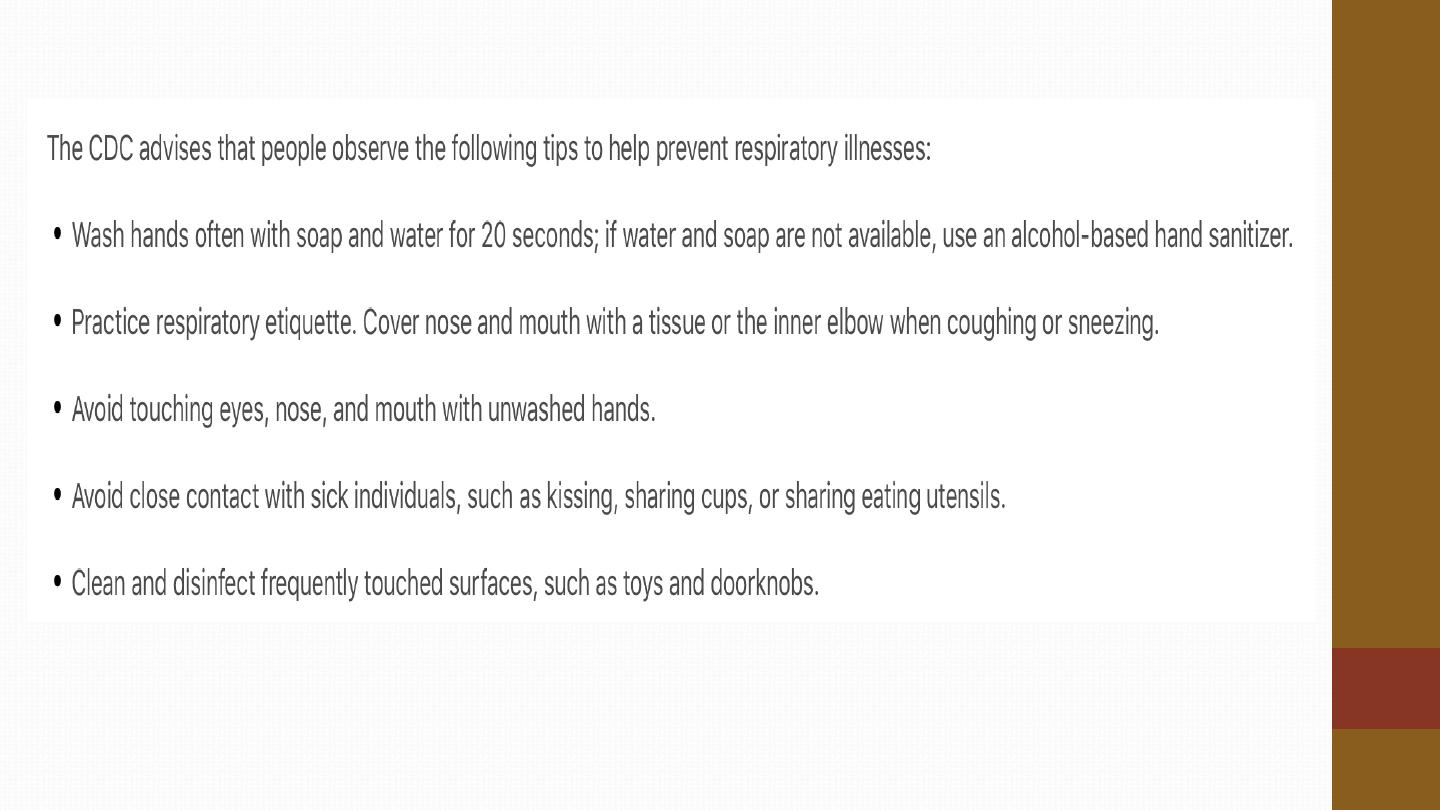
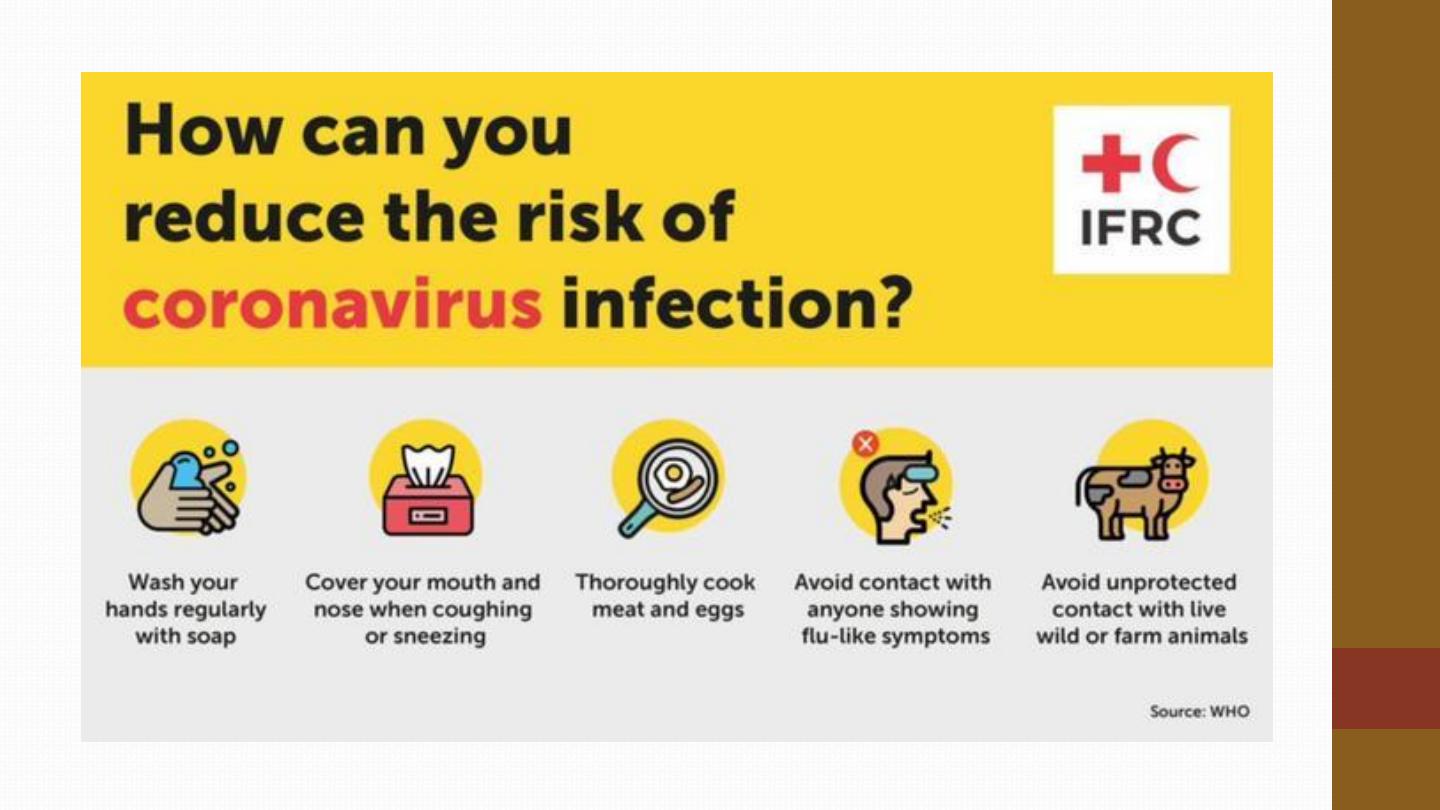
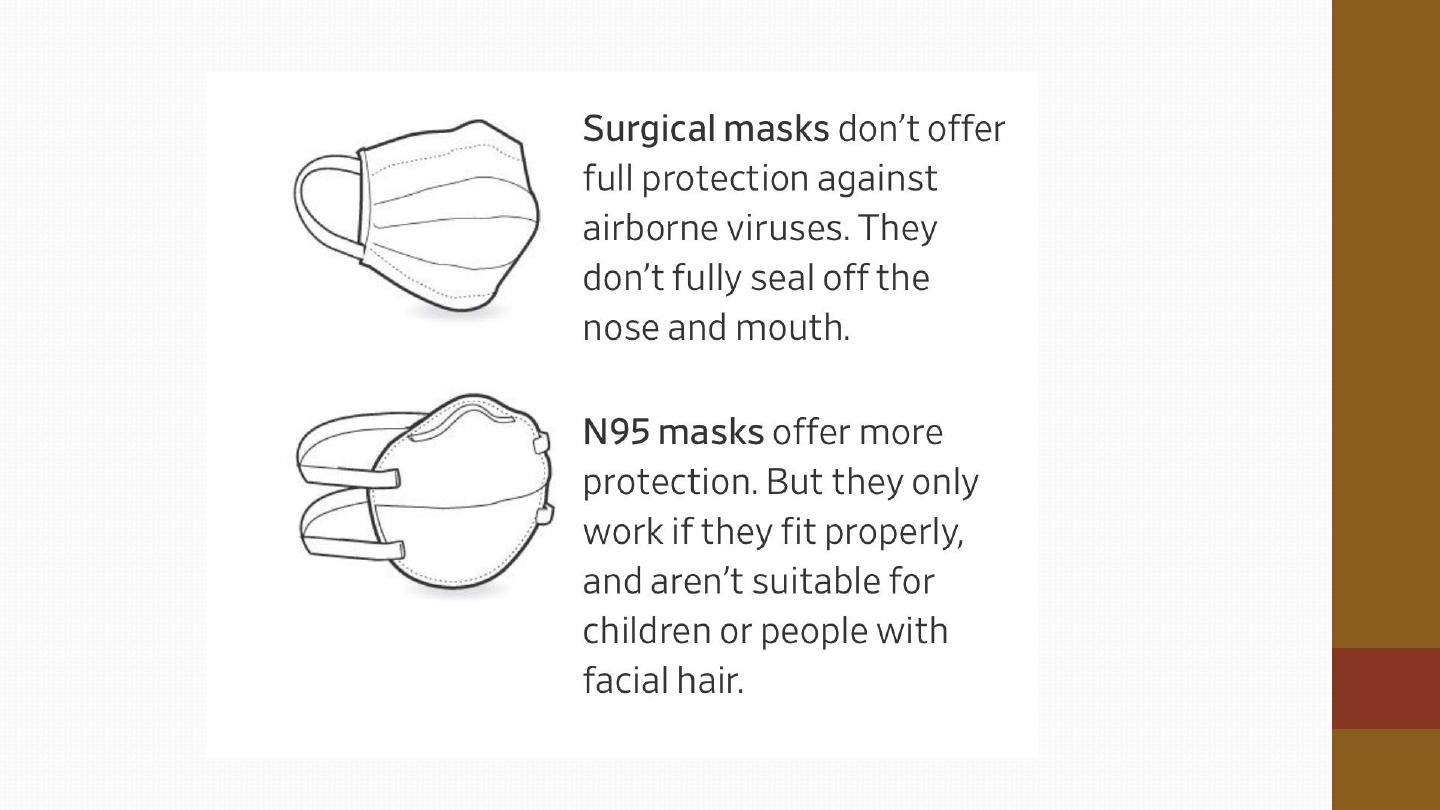
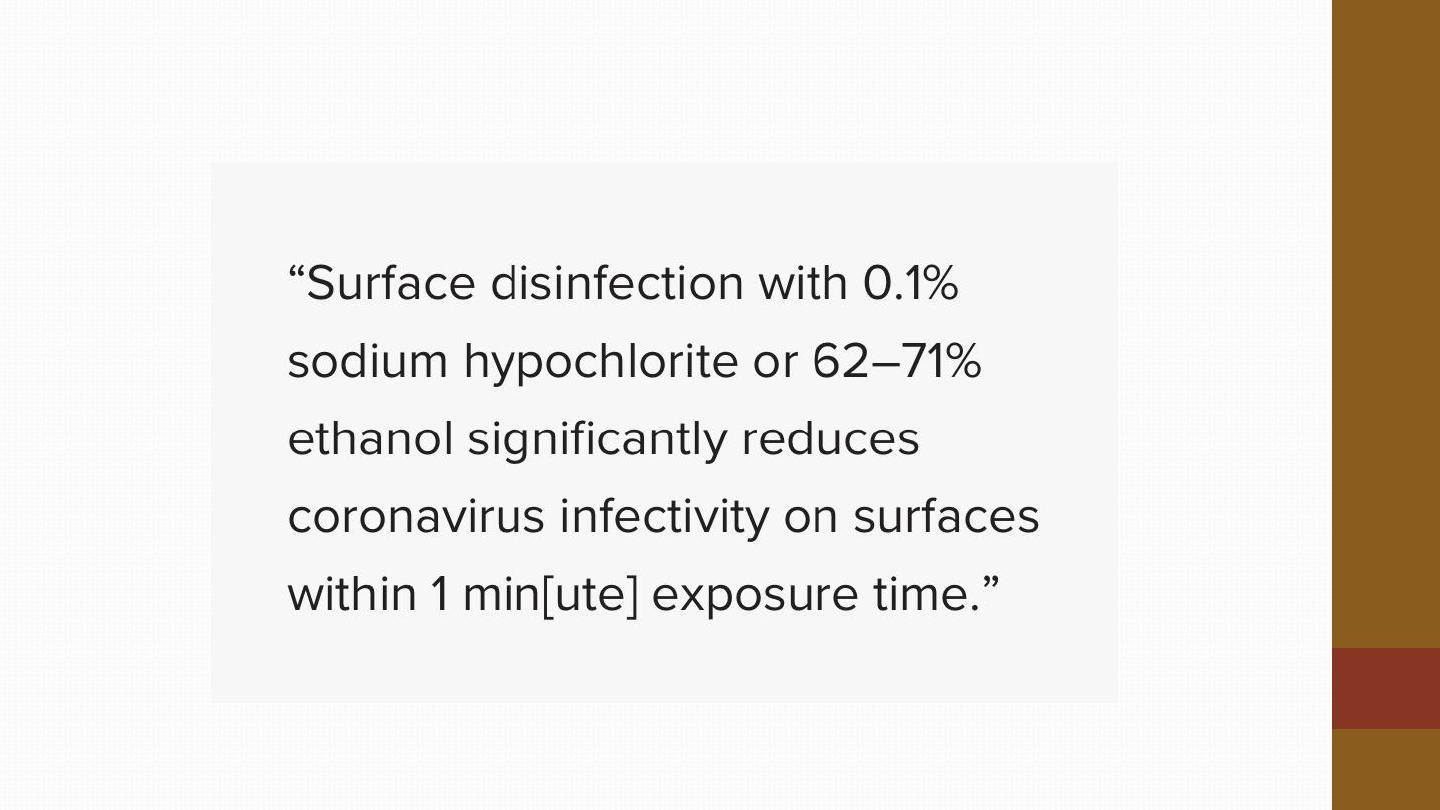
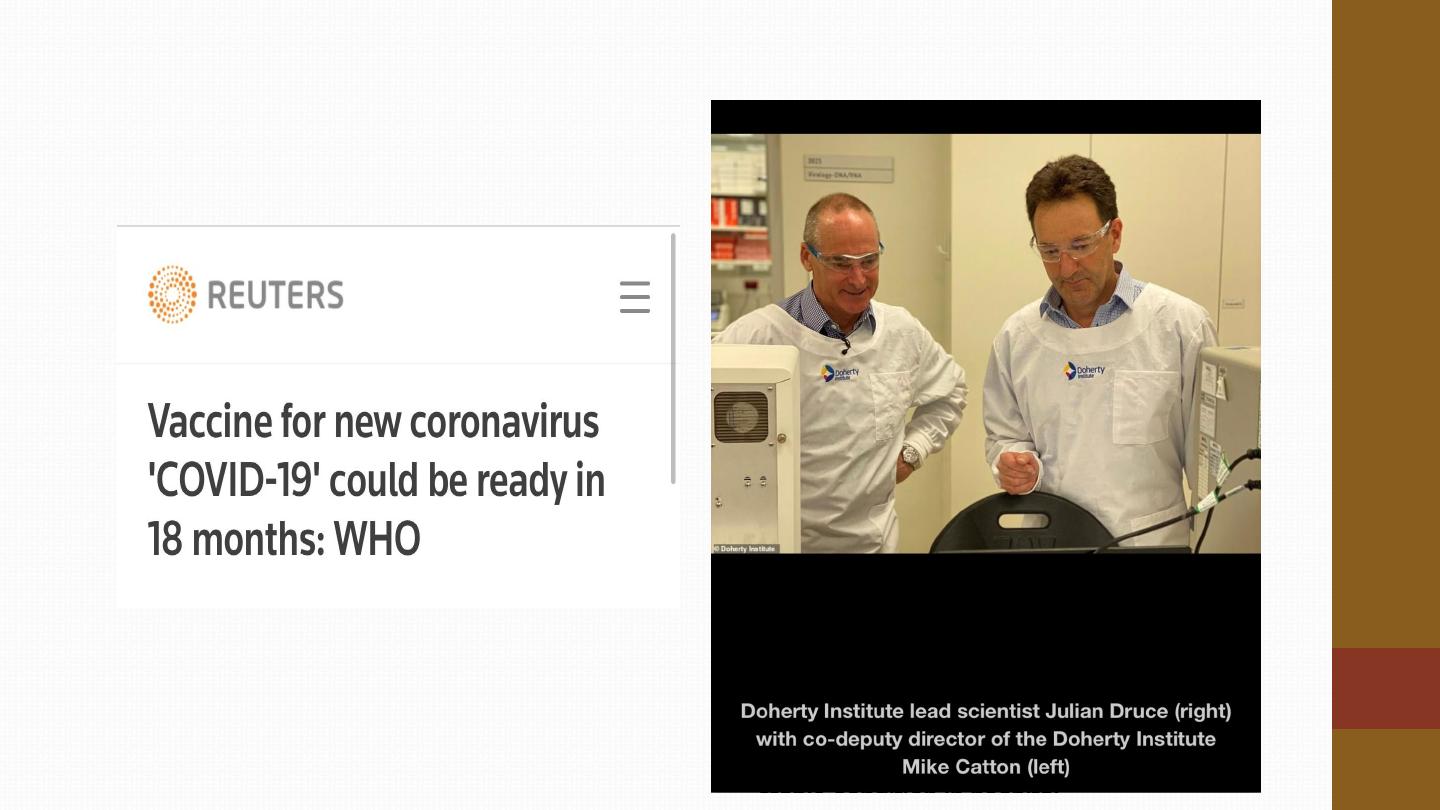
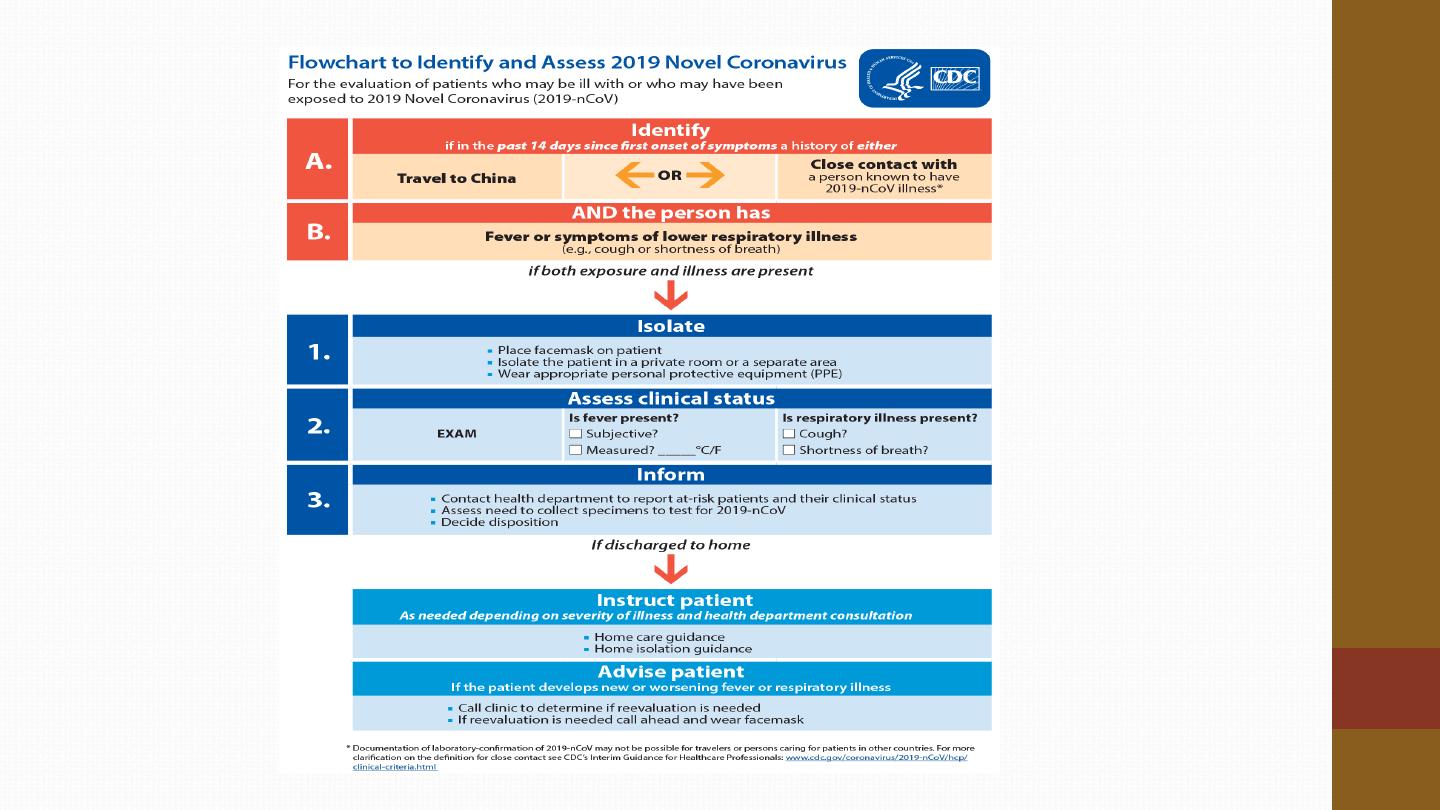
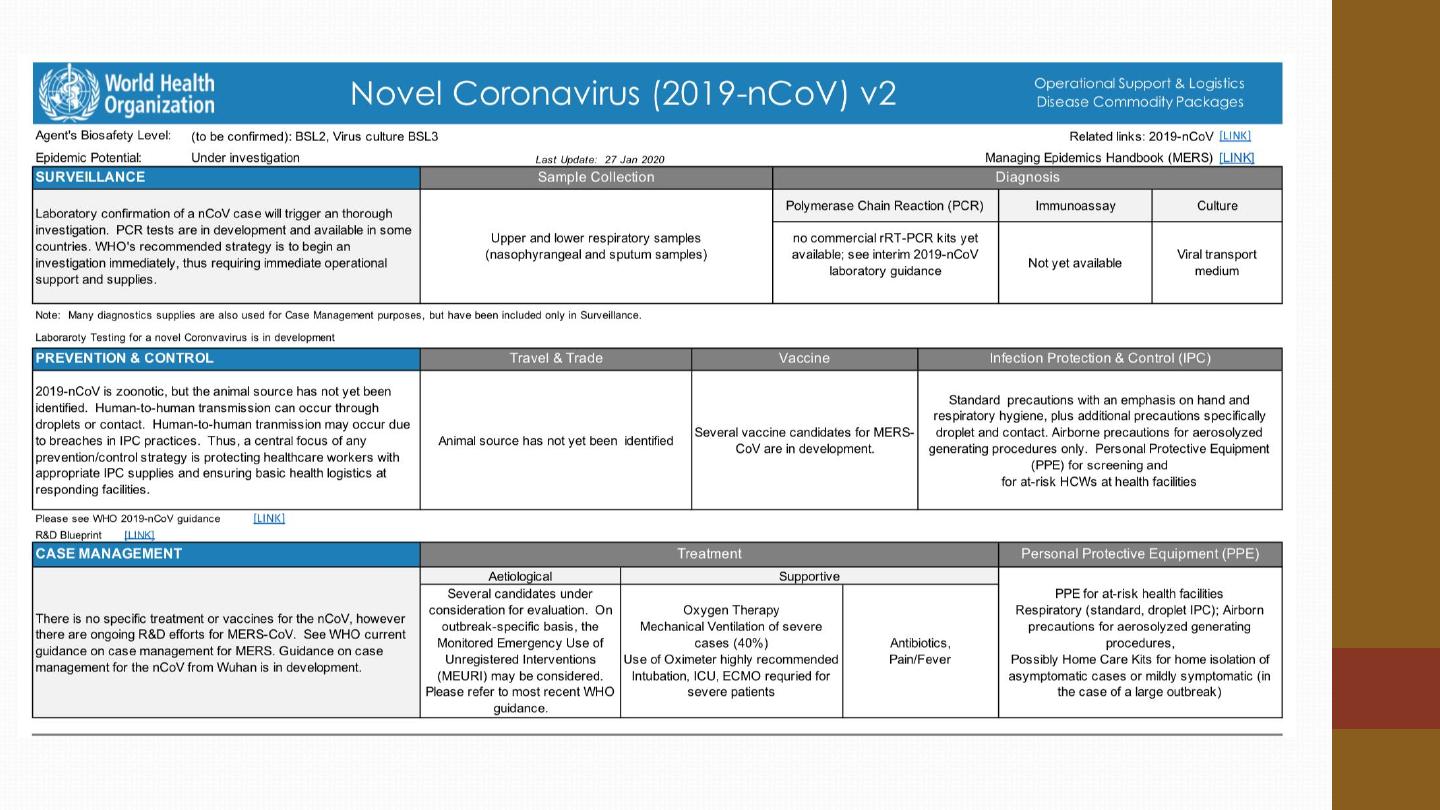
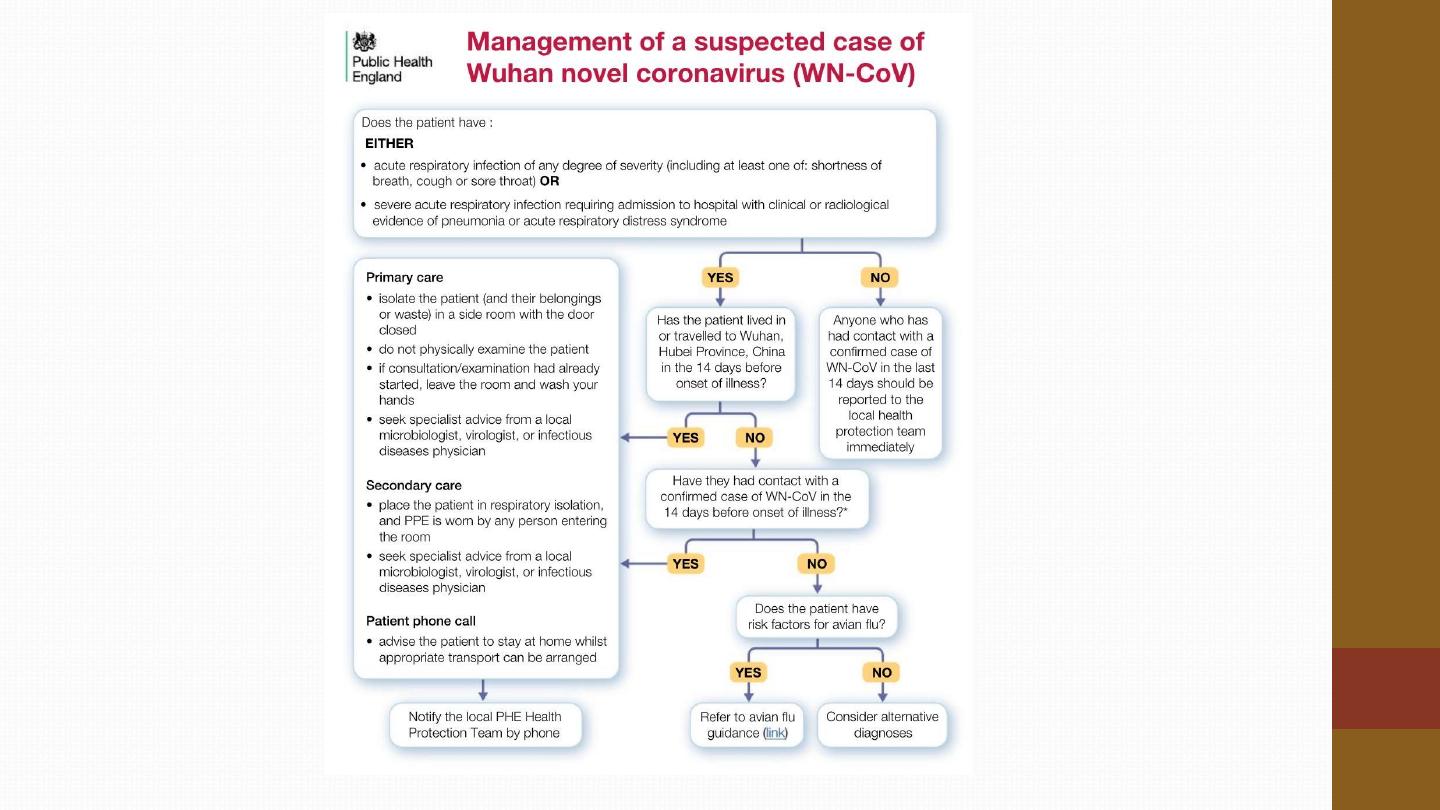

THANKS

